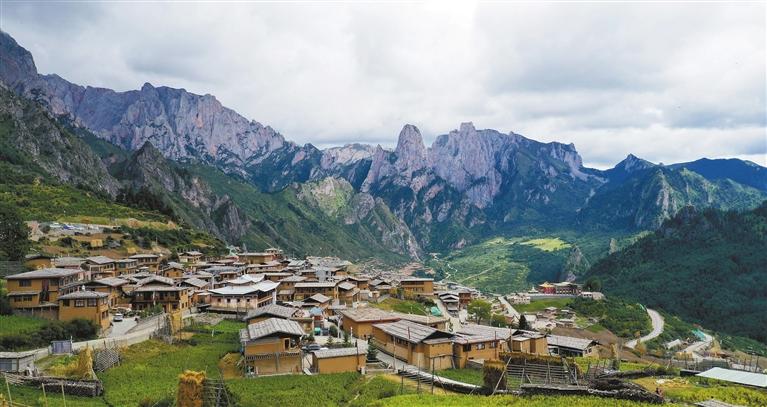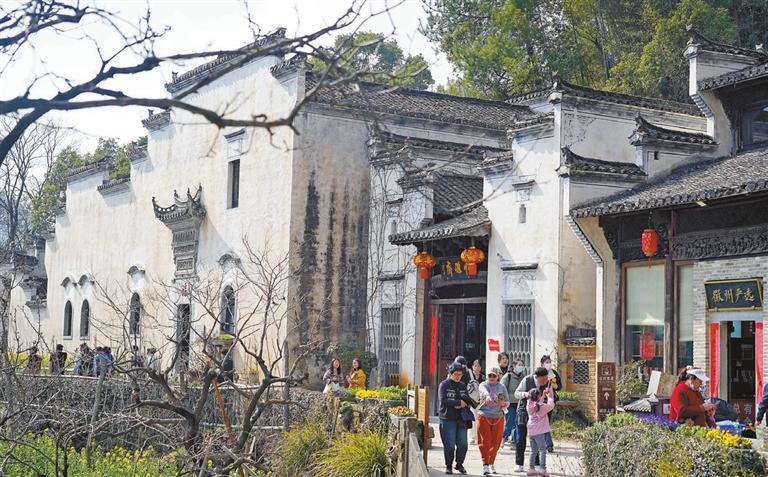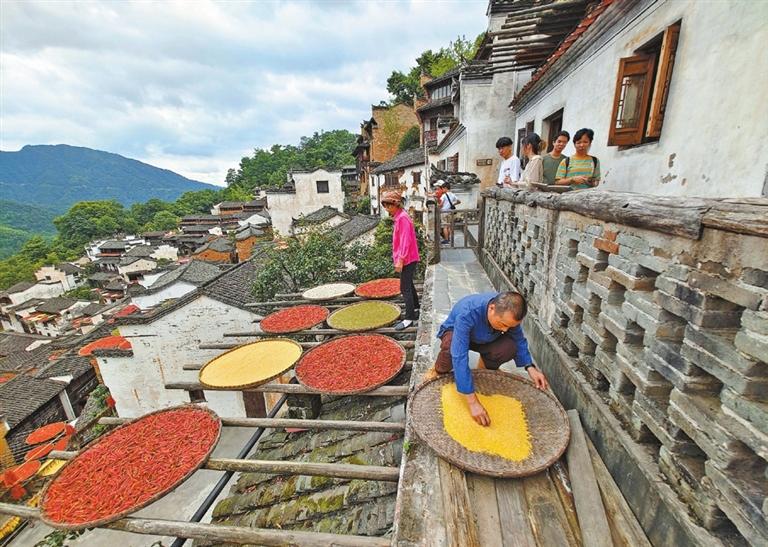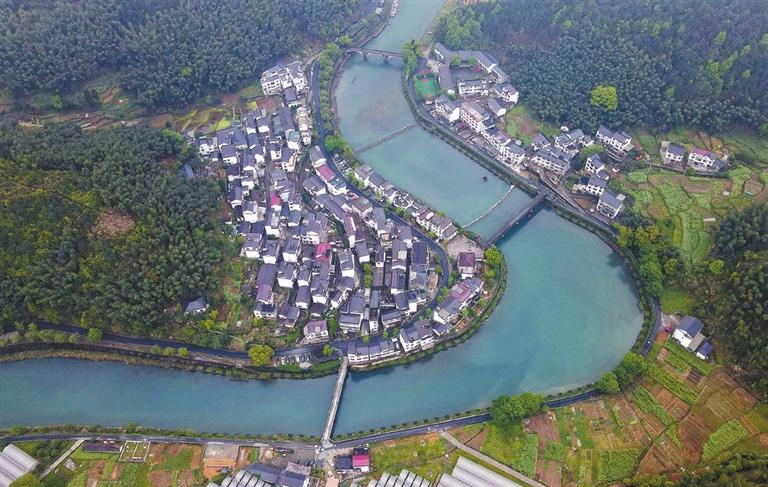



FOUR rural villages in China made this year’s list of Best Tourism Villages, an accolade given by the World Tourism Organization (UNWTO) to recognize villages that are leading the way in nurturing rural areas and preserving landscapes, cultural diversity, local values, and culinary traditions. The four villages are: Xiajiang Village in Zhejiang, Huangling Village in Jiangxi, Zhagana Village in Gansu and Zhujiawan Village in Shaanxi. The announcement was made Oct. 19 at the UNWTO’s 25th General Assembly in Samarkand, Uzbekistan. In this third edition, 54 villages from all regions were selected from almost 260 applications. Thus far, eight Chinese villages have been included in the list, first launched in 2021.Those that round out the list are Dazhai Village in Guangxi Zhuang Autonomous Region, Chongqing’s Jingzhu Village, Anhui’s Xidi Village and Yucun Village in Zhejiang Province. As China’s cities grow ever larger, it is remarkable that these villages remain nearly untouched. Whether beautiful for their nature or their unique culture or both, these villages will show you a side of the country you never thought you could still see. Xiajiang Village Xiajiang Village in Chun’an County, Zhejiang Province is where the 2020 Chinese blockbuster “My People, My Hometown” had many scenes shot. It takes 2.5 hours to drive from downtown Hangzhou to reach this serene village enveloped by lush mountains, about 40 kilometers from the county seat. Historical records reveal that the residents originally migrated from Sichuan during the Jingkang period of the Northern Song Dynasty (around 1126 A.D.), and have since called this village home. Despite its beautiful environment, the village was once economically underdeveloped due to its remote location. Today, the village has evolved into a modern countryside with good infrastructure. The popularity of the film has also brought an influx of tourists, which in turn boosts the local economy. There are many B&Bs in the village, each with its unique décor. In the northwest corner of the village, a park evokes fond memories from the movie. Walking down a slope from the nearby mountain, visitors will see a lotus pond. From there, following the rugged path people will arrive at a cluster of three muddy-walled cottages adorned with black-tiled roofs. Nearby is a small dirt playground, a dilapidated basketball hoop, and a weathered wooden flagpole bearing a red flag. These scenes will certainly evoke an overwhelming sense of nostalgia in those middle-aged Chinese with origins in such rural areas, and immediately transport them back down their memory lanes to their innocent childhood school days. Huangling Village Huangling in Wuyuan County, Jiangxi Province is an ancient village that features classic Hui-style architecture from the Ming (1368-1644) and Qing (1644-1911) dynasties, predominantly found in the historical Huizhou prefecture of Anhui. With a history of more than five centuries, this traditional mountain village features residential buildings arranged in a fan-shaped, terraced layout centered around a water body. The tranquil village is surrounded by thousands of ancient trees and enveloped by vast terraced fields. In recent years, the village restored over 100 historic buildings and went the extra mile to preserve its natural environment. Autumn is the most beautiful season here, when colorful fruits hang from branches, basking in the radiant farming landscape. The locals have a tradition of putting out their bumper harvest of red chili peppers, yellow corn cobs and rice, green beans, and many other farm produce items to dry in the sun on their rooftops. Zhagana Village Zhagana in Tiewu County, Gansu Province is a mountainous region on the northeastern rim of the Tibetan Plateau, with an average altitude of 3,200 meters. Zhagana means “Rock Box” in the Tibetan language, which is fitting as it is surrounded by large rocky spires on all sides. The rocky mountain fortress has historically segregated this place, but it also bestows pride to the community within, as it continually communicates what they have is special and ought to be protected. The Tibetan village tucked into the mountainside features local plank houses arranged neatly in tiers, where prayer flags flutter in the wind. The stunning landscape, primitive forest, local Tibetan villages and unique culture will make you feel you never want to leave. The locals really haven’t for thousands of years. People do both farming and pasturing work in Zhagana. The best season for visiting is from May to October. Summer is the best time to go as everything turns green and flowers are in bloom. In autumn, you can find people harvesting in the fields and also witness the breathtaking changing colors of the trees. Local Tibetan people provide homestays and guesthouses for visitors to experience the authentic culture. Zhagana is also an ideal place to hike. Many hiking trails have been developed for the enjoyment and exploration of the beautiful vistas. Hike to the monastery if you are interested in knowing more about Tibetan Buddhism, or if you love taking photos, hike to the highest point and get the whole view of Zhagana from there. (Li Dan) | 
